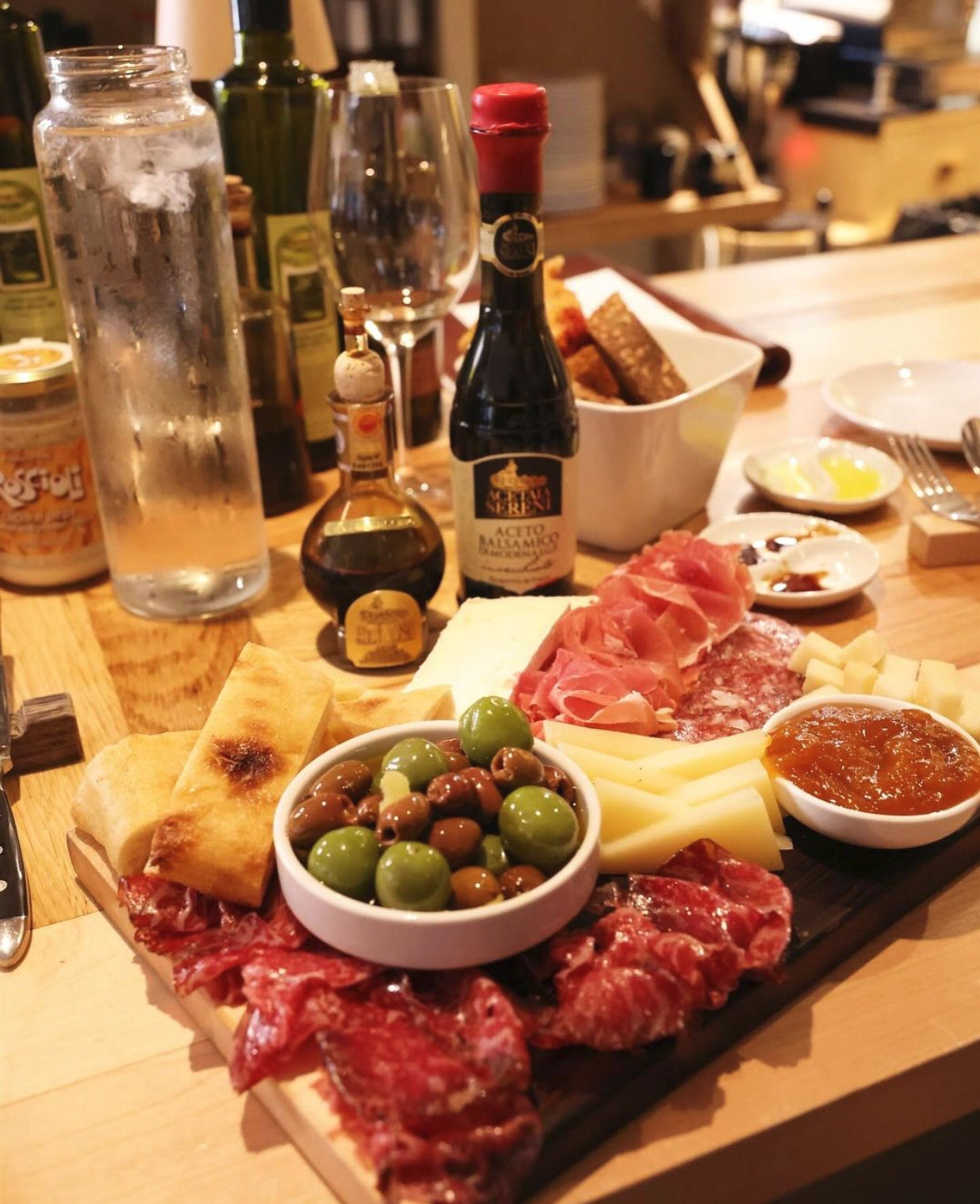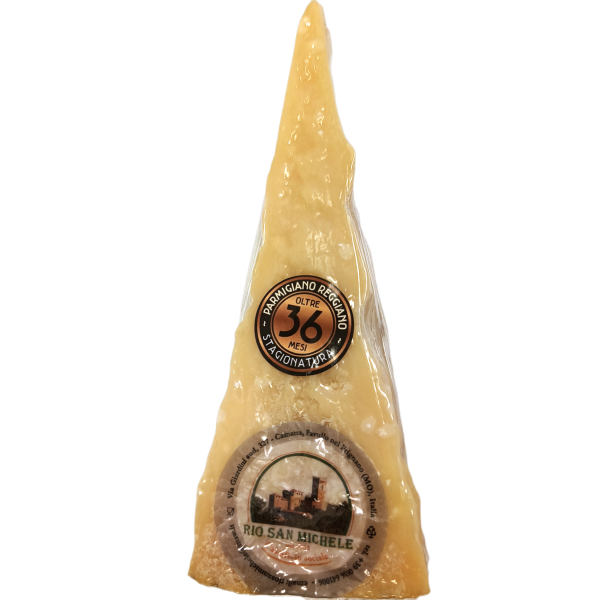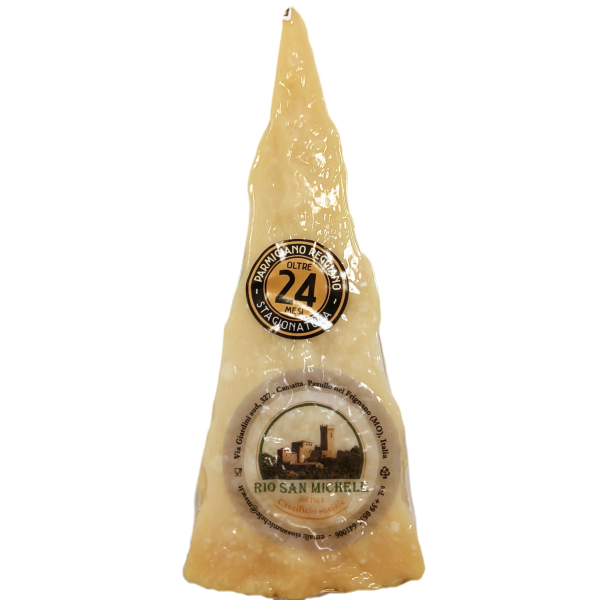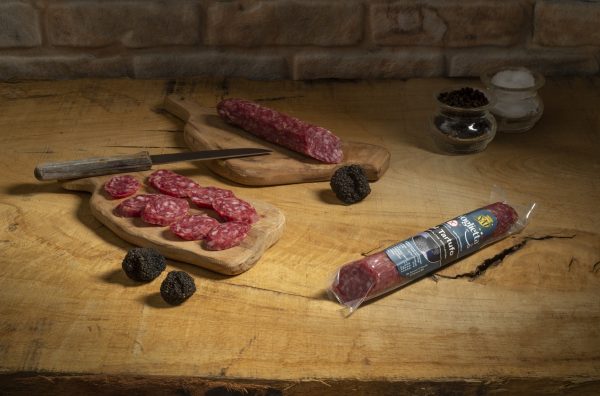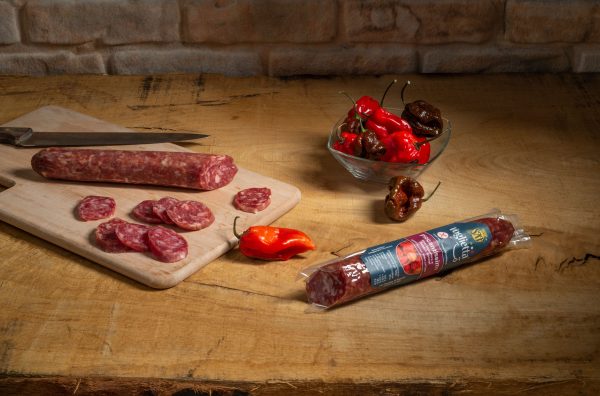Carpaccio, an iconic Italian dish, has its roots in the history of Venice, where art and gastronomy are closely linked. The name "carpaccio" refers to the famous Venetian painter Vittore Carpaccio , known for his intense and vibrant colors. Inspired by the painter's red hues, Giuseppe Cipriani, founder of the iconic Harry's Bar in Venice in the 1950s, created a dish consisting of thinly sliced raw beef served with a light sauce. Cipriani was fascinated by the simplicity and beauty of the dish and decided to name it after the painter.
Carpaccio is actually an incredibly easy and quick dish to prepare, but its presentation is elegant and its taste is enchanting, making it an ideal starter for a stylish dinner or a light dish when you're in a hurry.
The most popular varieties: beef, bresaola (and smoked salmon)
In addition to the classic version with raw beef, carpaccio has evolved into many different interpretations. One of the most beloved is the version with bresaola , a lean and tasty ham that is perfect for those who want a lighter alternative to raw beef. Bresaola combined with fresh rocket and thinly flaked Parmigiano Reggiano creates a balanced and delicious dish.
Another popular variation is salmon carpaccio with smoked salmon, fresh and delicate, often seasoned with black pepper, lemon juice and a little extra virgin olive oil (or our tasty lemon oil :-) ). This version is perfect for those who prefer fish but still want an elegant dish.
Carpaccio with Arugula and Parmigiano: The Perfect Classic
The most beloved version of carpaccio is undoubtedly the one with beef (or bresaola), served with rocket and Parmigiano Reggiano. The choice of Parmigiano is crucial to achieve the right balance of flavors and the perfect consistency for flaking.
For this dish, I recommend a Parmigiano Reggiano aged between 18 and 24 months . This aging gives the cheese a complex flavor without making it too hard to cut into thin flakes. I think that a longer aging, over 30 months, makes the cheese too fragile and too intense in flavor, which can drown out the delicate flavor of the meat or bresaola.
The combination of raw beef or bresaola with fresh arugula and Parmigiano Reggiano creates a perfect harmony between the sweetness of the cheese, the bitterness of the arugula and the light taste of the meat.
Personal Recommendations
To elevate the dish to a higher level, you can add a few ingredients that add contrast in flavor and texture. A few pink peppercorns add a slightly spicy flavor and an aromatic touch, while toasted pine nuts add crunch and a slightly sweet and nutty flavor that pairs perfectly with the meat and Parmesan cheese.
Finally, I would personally recommend adding a few drops of truffle oil . This precious ingredient, with its characteristic and intense aroma, will transform the carpaccio into an even more sophisticated dish, adding depth without overpowering the other flavors.
The beauty of carpaccio
Whether with beef, bresaola (or smoked salmon), carpaccio celebrates the beauty of simplicity and harmony of flavors. It is incredibly easy to prepare, yet capable of impressing guests with its elegance and incomparable flavor. Perfect for an elegant dinner or a light and quick lunch, carpaccio is a true masterpiece of Italian cuisine, worthy of the name it bears.
Buon appetito!




